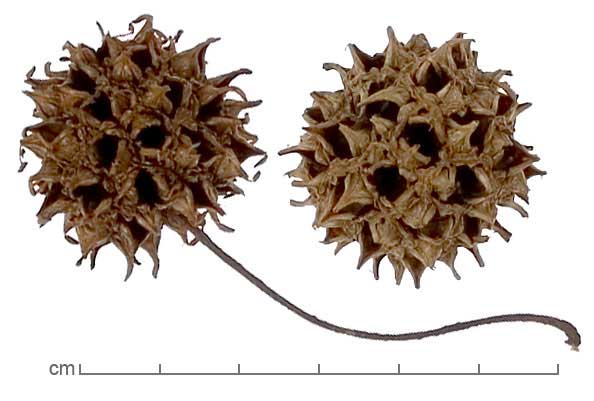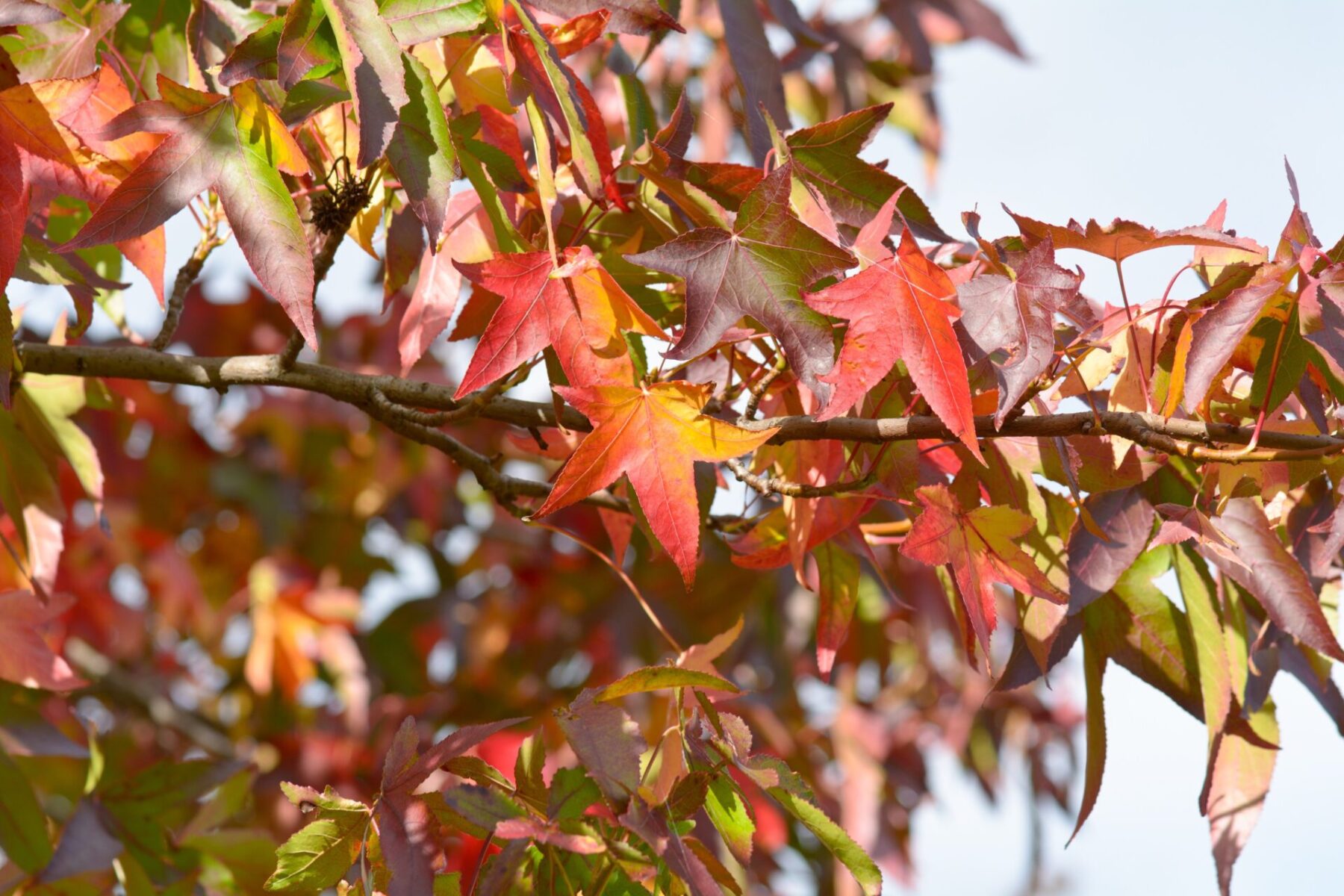In How to Do Nothing, Jenny Odell argues for getting to know ones bioregion. If I hadn't been persuaded by the rest of the book (note: I had), remembering something from my in-laws' last visit at the end of 2019 should have prompted me to at least reconsider my relationship with my local surroundings. My in-laws were fascinated by a particular type of tree that I had noticed, vaguely, but had no idea what it was or enough curiosity to investigate it. That, now, seems embarrassing and odd - why didn't I have that interest to know more? Why don't I look up? Why do I take the trees and blossom for granted? I enjoy the foliage a huge amount, both when green and when in the blaze of autumnal colours that hits us here; blossom and the feel of freshness and new life in spring provides me with a huge boost each year (and annoyance that it comes so late in New York). My goal is, therefore, to learn something new about the nature around me each week.
Our kid is obsessed with small, hard seed pods that he finds round the roots of various trees in Brooklyn. He calls them lollipops, sometimes, with an occasional early ill-advised attempt or two to bite into one. Until today, I hadn't thought about what they were, despite my abiding love of conkers and other fascinating ways in which trees distribute their seeds.
So, yesterday, I called up my app - Picture This, if you're interested - and found out what they were. These are sweet gum seedpods, and sweet gums grow all over the US, but not much further north than NYC.
The Nahuatl name provides answers for how it interacts with us: Ocotzocuahuitl, which translates to tree that gives pine resin from ocotl (pine), tzotl (resin), cuahuitl (tree), which refers to the use of the tree's resin - it was used, among other things, to flavour tobacco. While that is less common, it is apparently still used as a mild antiseptic or to treat sores (???). Although the pods are lumpy and spiky, goldfinches, purple finches, squirrels, and chipmunks manage to eat its seeds. Humans also use the infertile seeds to create one of the major chemicals in the Tamiflu treatment, somewhat unbelievably - they contain shikimic acid, something discovered after there was a shortage of star anise (which is another rabbit hole I want to go down, but am trying to resist). How do you tell which are infertile? According to Eat the Weeds, "[f]ertile seeds are black with wings on either side, infertile seeds are yellow and wingless." The pods have many names: "burr (or bir) balls", "gum balls", "space bugs", "monkey balls", "bommyknockers" or "sticker balls".
A list of alternate names for sweet gums (some which will clearly help with Scrabble): American storax, hazel pine, bilsted, redgum, satin-walnut (particularly pleasing), star-leaved gum, alligatorwood (due to the way the bark looks, apparently), or simply sweetgum.
These trees blaze up the parks in Brooklyn in October and November; the leaves litter the ground in November and December; I cannot wait until that happens.
Sources:
Our kid is obsessed with small, hard seed pods that he finds round the roots of various trees in Brooklyn. He calls them lollipops, sometimes, with an occasional early ill-advised attempt or two to bite into one. Until today, I hadn't thought about what they were, despite my abiding love of conkers and other fascinating ways in which trees distribute their seeds.
So, yesterday, I called up my app - Picture This, if you're interested - and found out what they were. These are sweet gum seedpods, and sweet gums grow all over the US, but not much further north than NYC.
The Nahuatl name provides answers for how it interacts with us: Ocotzocuahuitl, which translates to tree that gives pine resin from ocotl (pine), tzotl (resin), cuahuitl (tree), which refers to the use of the tree's resin - it was used, among other things, to flavour tobacco. While that is less common, it is apparently still used as a mild antiseptic or to treat sores (???). Although the pods are lumpy and spiky, goldfinches, purple finches, squirrels, and chipmunks manage to eat its seeds. Humans also use the infertile seeds to create one of the major chemicals in the Tamiflu treatment, somewhat unbelievably - they contain shikimic acid, something discovered after there was a shortage of star anise (which is another rabbit hole I want to go down, but am trying to resist). How do you tell which are infertile? According to Eat the Weeds, "[f]ertile seeds are black with wings on either side, infertile seeds are yellow and wingless." The pods have many names: "burr (or bir) balls", "gum balls", "space bugs", "monkey balls", "bommyknockers" or "sticker balls".
A list of alternate names for sweet gums (some which will clearly help with Scrabble): American storax, hazel pine, bilsted, redgum, satin-walnut (particularly pleasing), star-leaved gum, alligatorwood (due to the way the bark looks, apparently), or simply sweetgum.
These trees blaze up the parks in Brooklyn in October and November; the leaves litter the ground in November and December; I cannot wait until that happens.
Sources:









No comments:
Post a Comment